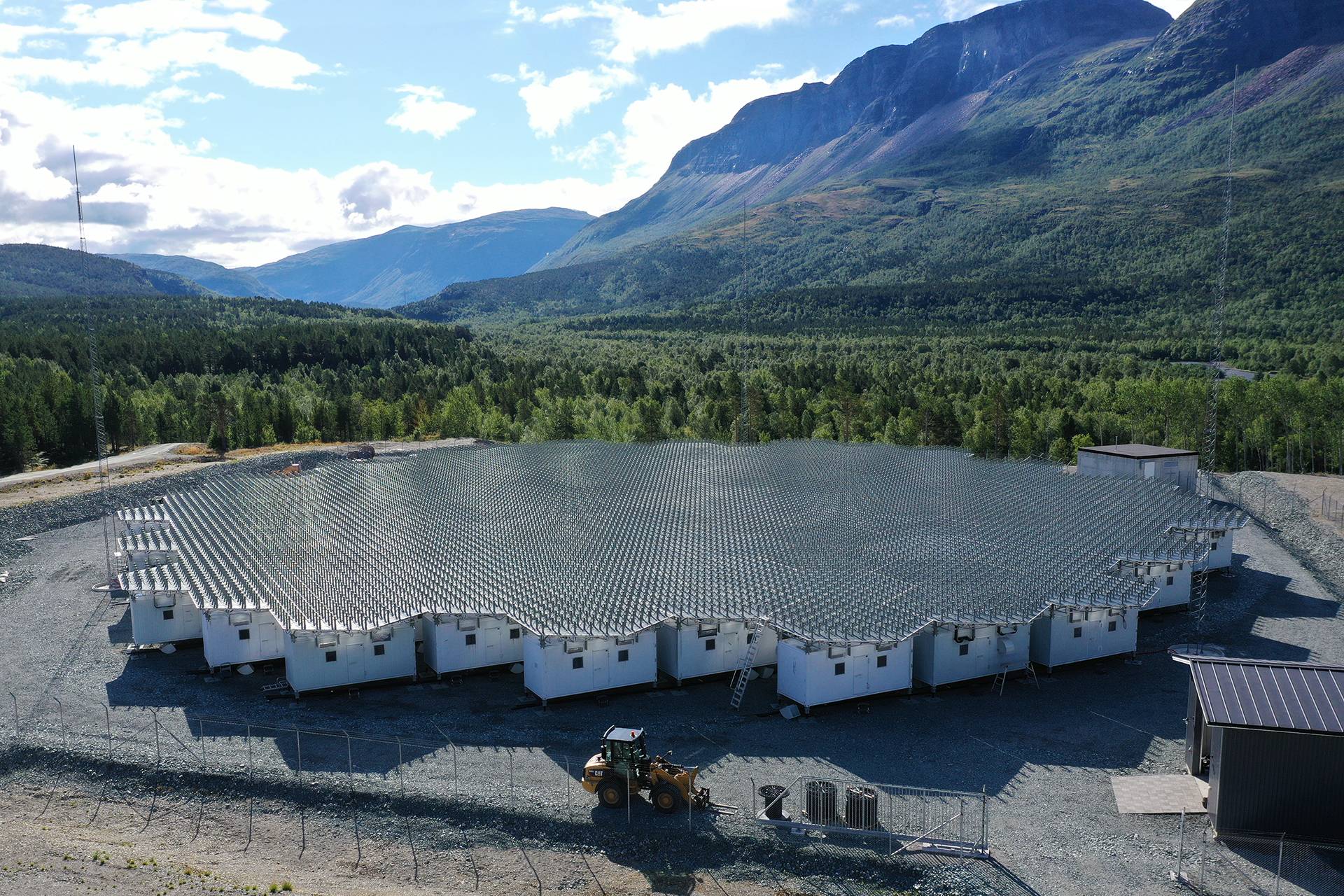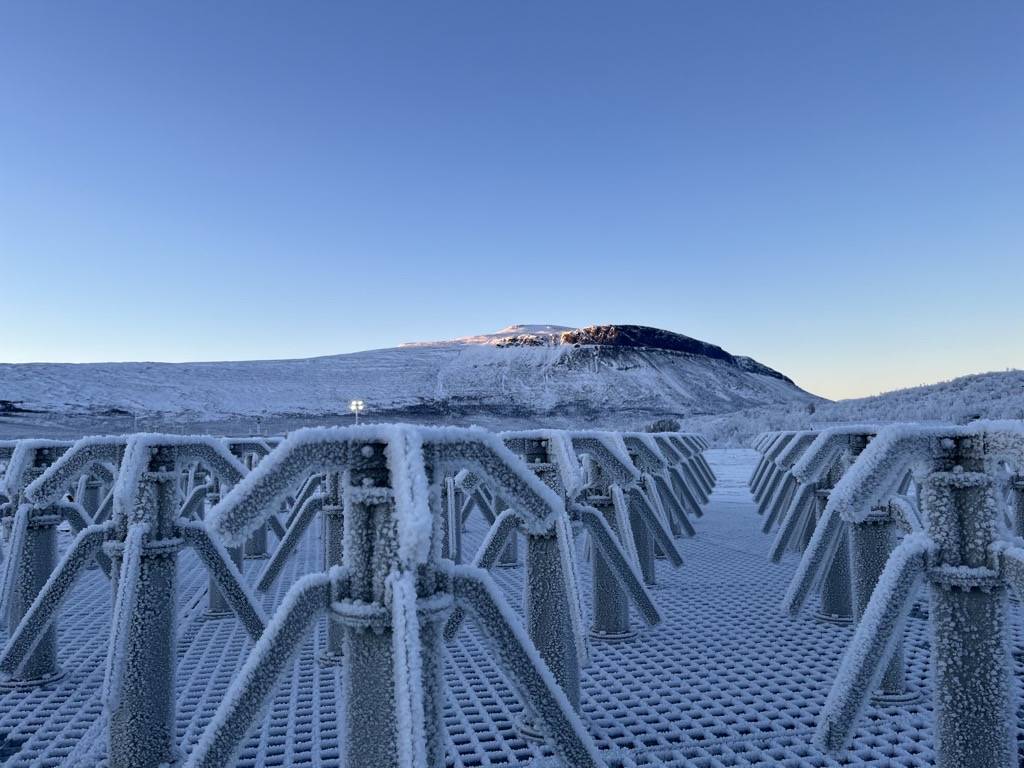Joint EISCAT/NSF Incoherent Scatter Radar School 2016
The Joint EISCAT/NSF Incoherent Scatter Radar School 2016 was held in Finland at the Sodankylä Geophysical Observatory 24-30 July 2016. The school provided students with hands-on experience in designing and running experiments at incoherent scatter radar facilities. During this summer school, students had the opportunity to run experiments with the EISCAT incoherent scatter radar (ISR) and use data from multiple ISR observatories, such as Poker Flat (PFISR), Millstone Hill, Sondrestrom, Arecibo and Jicamarca.

Group photo of participants infront of the Sodankylä antenna.
The 2016 ISR summer school was a collaboration between the US National Science Foundation (NSF) and the EISCAT Scientific Association. The US portion of the school was sponsored by the NSF through its Geospace Facilities Program within the Geosciences Directorate and is organized by SRI International. The EISCAT portion of the school was sponsored by the EISCAT Scientific Association and organised by Sodankylä Geophysical Observatory.
More information about the Radar School is available from the organiser’s website:
www.sgo.fi/Events/RS2016
and the material from the Radar School is collected here:
wikis.mit.edu/confluence/display/ASGScience/2016ISRSchool
Presentations at the Incoherent Scatter Radar School 2016:
International EISCAT-NSF Radar School (Thomas Ulich)
Introduction to the ionosphere (Anita Aikio)
A blackbox view of incoherent scatter radar (Bill Rideout)
Introduction to Radar Part 1
Introduction to Incoherent Scatter 1 (Anja Strømme)
Ionosphere – radar data examples (Anita Aikio)
How to use the Madrigal database for atmospheric science (Bill Rideout)
Basic Radar 2: Fundamentals of Radar Signals (Roger Varney)
Incoherent Scatter Theory: A Slightly Deeper Look (Phil Erickson)
Introduction to EISCAT – What you need to know to run an experiment (Carl-Fredrik Enell)
EISCAT Experiments
Sondrestrom ISR coverage
PFISR WorldDay35 Mode
Millstone Hill ISR Mode: Rapid TID
European Incoherent SCATter Radars (EISCAT) (Craig Heinselman)
National Science Foundation (John Meriwether)
History of RADAR (Thomas Ulich)
Pulse Compression / Coding (Phil Erickson)
Unravelling long-term behaviour in historic geophysical data sets (Thomas Ulich)
ISR Data Analysis and Fitting (Roger Varney)
ISR Practicalities (Phil Erickson)
Introduction to GUISDAP – How to analyze EISCAT data (Carl-Fredrik Enell)
EISCAT Science examples: Signatures of bursty bulk flows in the ionosphere and Ionospheric Joule heating (Anita Aikio)
EISCAT Science: Multi-scale structure (Ian McCrea)
EISCAT science examples: D-region research – Chemical effect on ozone by pulsating aurora (Esa Turunen)
Interpreting ISR Data – From data plots to physics (Ian McCrea)
Introduction to heating experiments (Antti Kero)
Introduction to Phased Arrays (Craig Heinselman)
Advanced Modular Incoherent Scatter Radar (Roger Varney)
EISCAT_3D (Craig Heinselman)




